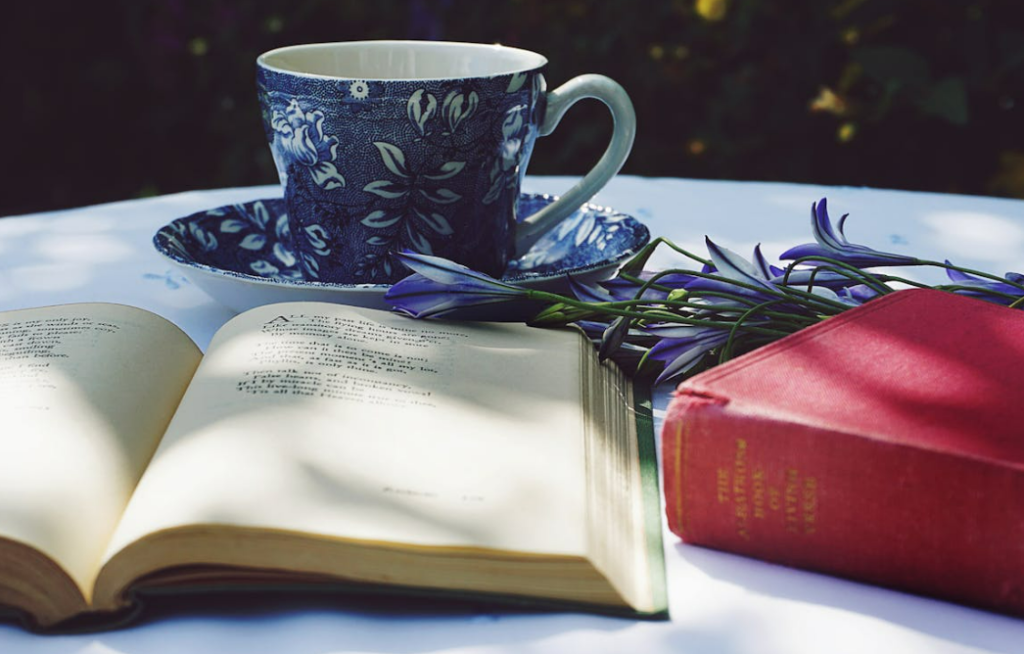King 567, Betbhai247, Apbook247: Bookbinding has a rich history that dates back thousands of years. In ancient civilizations such as Egypt, Greece, and Rome, manuscripts were bound using materials like papyrus, leather, and parchment. The early bookbinding techniques involved wrapping scrolls around wooden rods or stitching pages together.
As time progressed, the art of bookbinding evolved, especially with the invention of the printing press in the 15th century. This led to an increased demand for bound books, giving rise to new binding styles and decorative techniques. The Industrial Revolution further revolutionized bookbinding with the introduction of mechanized processes, making books more accessible to a wider audience.
Heading 2: Different Styles of Bookbinding Techniques
Bookbinding techniques have evolved over centuries, showcasing the skills and creativity of artisans. One classic style is the Coptic binding method, which dates back to the second century AD. This technique involves sewing sections of pages together, allowing the book to lay completely flat when opened. The exposed spine adds to the aesthetic appeal of Coptic-bound books, making it a popular choice for artists and creators.
Another popular style is the Japanese stab binding, which originated in Asia. This method involves punching holes along the spine edge of the book block and then sewing the sections together with decorative stitching. Japanese stab binding allows for intricate designs and patterns to be created along the spine, making each book a unique piece of art. This technique is commonly used for creating journals, sketchbooks, and other handmade books with a distinctive cultural flair.
Heading 3: Tools and Materials Required for Bookbinding
To create beautifully bound books, a variety of tools and materials are essential for bookbinding. Some of the necessary tools include a bone folder, used for creasing and folding paper, a cutting mat and utility knife for trimming the edges of the pages, and a ruler for precise measurements. Additionally, a needle and thread are required for sewing the pages together, while a binding board and book press are essential for securing the pages in place during the binding process.
In terms of materials, bookbinders typically use bookbinding glue to adhere the spine of the book together. Cover materials such as book cloth, leather, or decorative paper are also needed to give the book its finished look and protect the pages inside. Endpapers, which are the sheets of paper glued to the inside covers of the book, are another important material for both aesthetic and structural purposes in bookbinding. The combination of these tools and materials, when skillfully used, results in a professionally bound book that is not only functional but also visually appealing.
� Bone folder
� Cutting mat and utility knife
� Ruler
� Needle and thread
� Binding board
� Book press
Materials:
� Bookbinding glue
� Cover materials (book cloth, leather, decorative paper)
� Endpapers
What are some essential tools needed for bookbinding?
Some essential tools for bookbinding include a bone folder, awl, cutting mat, ruler, bookbinding needles, thread, glue brush, and bookbinding hammer.
Can I use regular sewing thread for bookbinding?
Apbook365, Apbook Login, Goexch777: It is recommended to use bookbinding thread, as it is specifically designed to withstand the wear and tear of being repeatedly opened and closed. Regular sewing thread may not be as durable.
What type of glue is best for bookbinding?
PVA glue, also known as polyvinyl acetate glue, is commonly used in bookbinding due to its flexibility, strength, and archival quality. It is ideal for adhering paper and fabric.
Do I need a bookbinding press for my projects?
While a bookbinding press can be helpful for achieving a professional finish, it is not always necessary. You can achieve similar results using makeshift tools like heavy books or clamps.
Where can I purchase bookbinding materials?
Bookbinding materials can be purchased at specialty bookbinding stores, art supply stores, or online retailers. You can also find some basic supplies at craft stores or repurpose materials from around your home.


